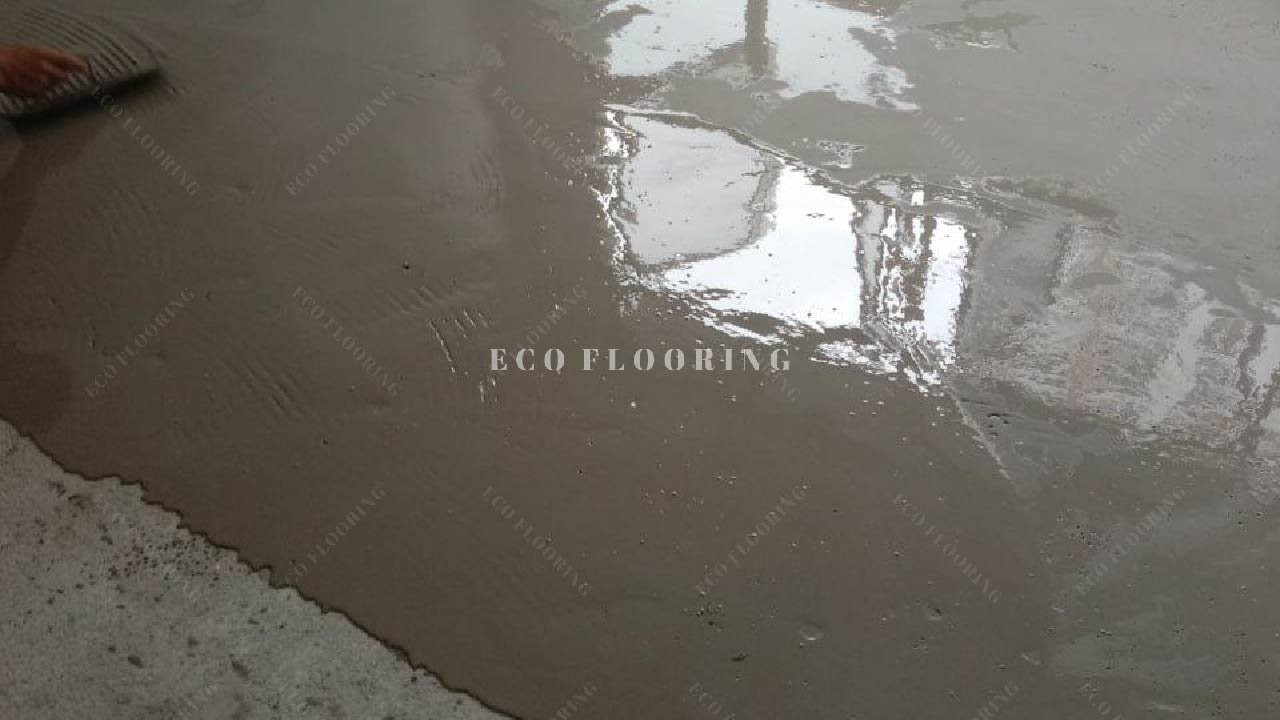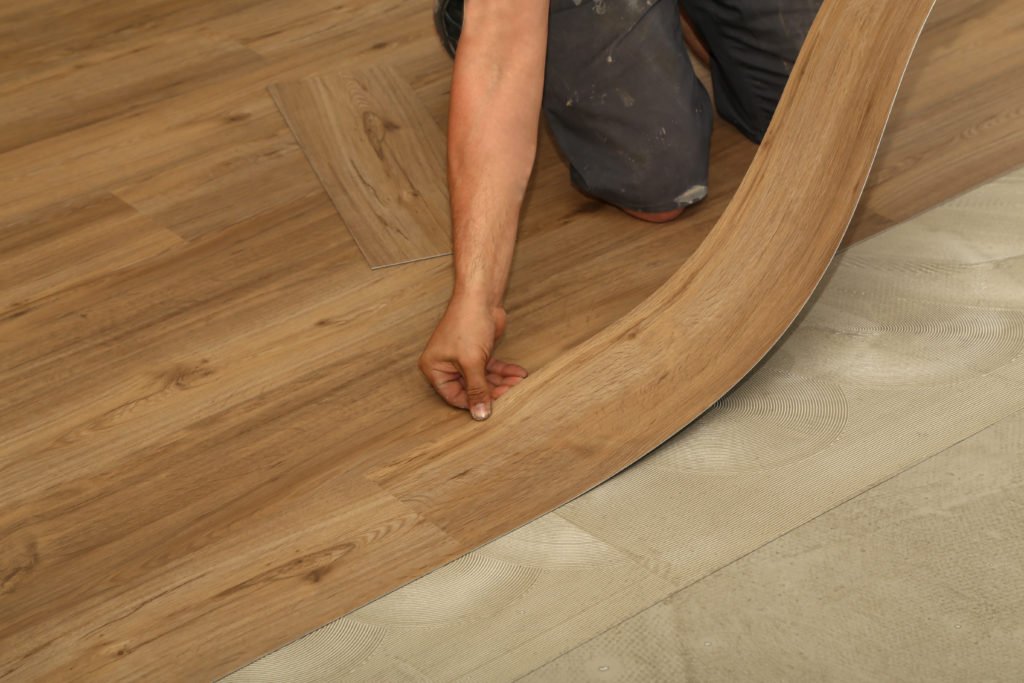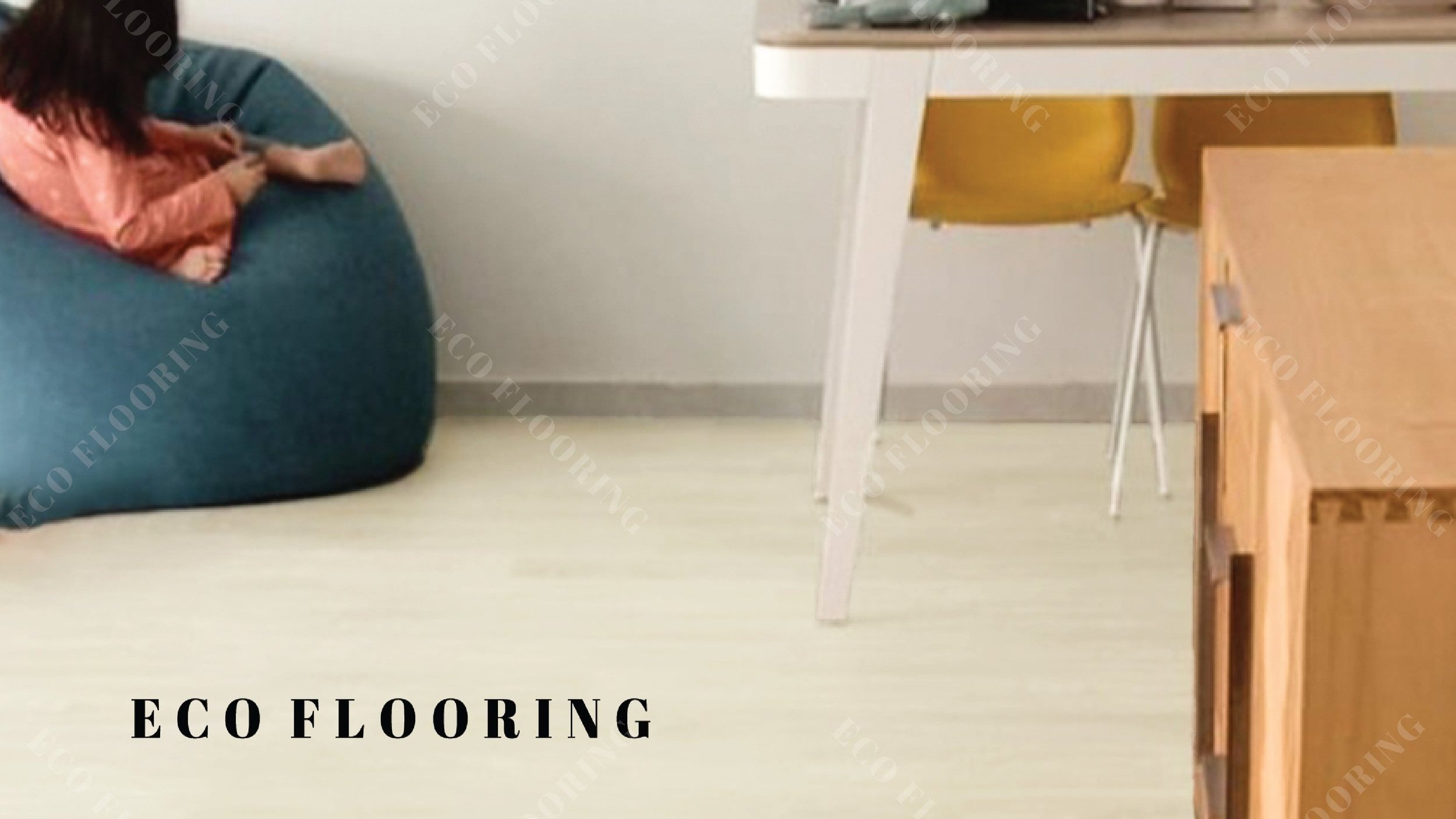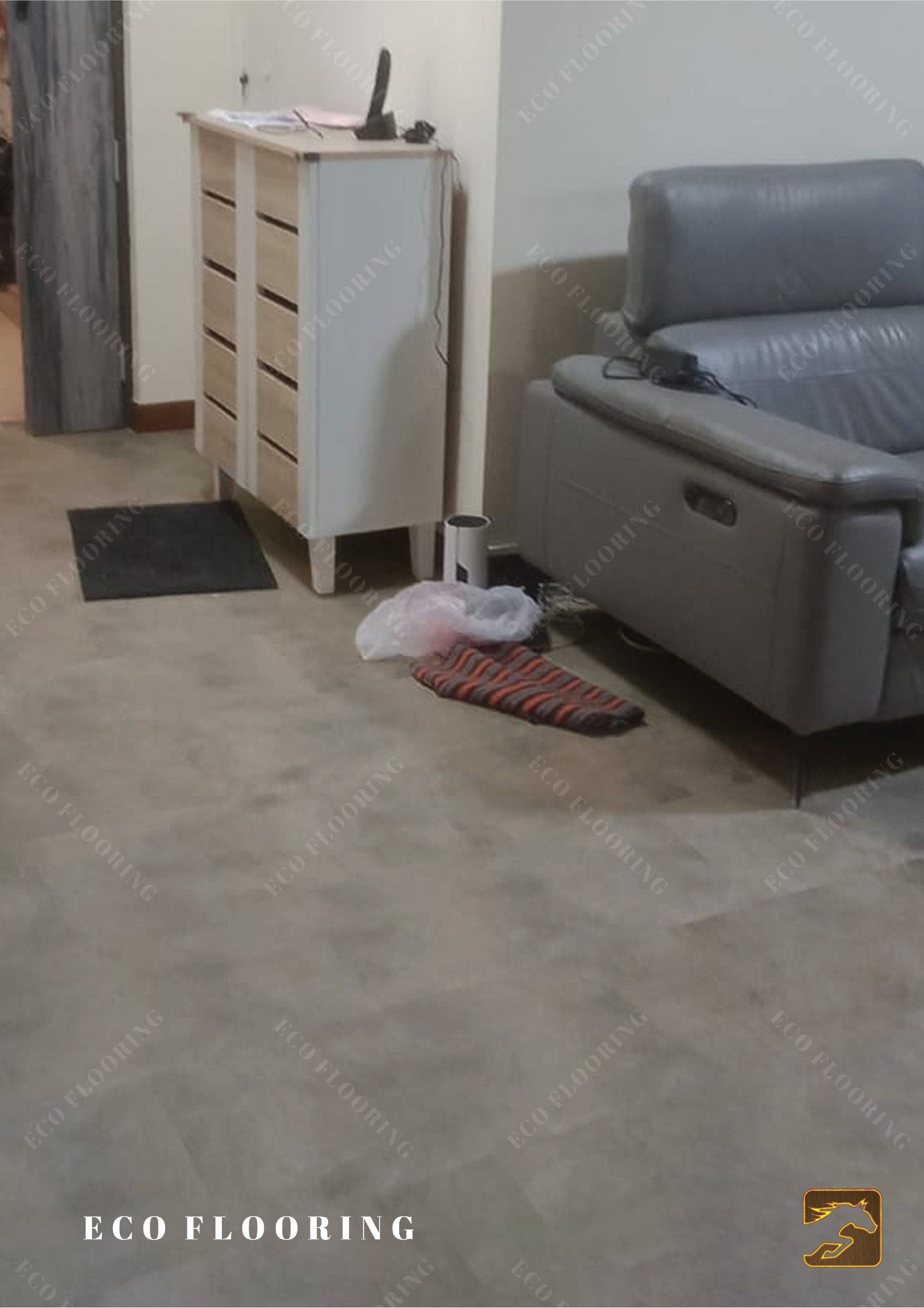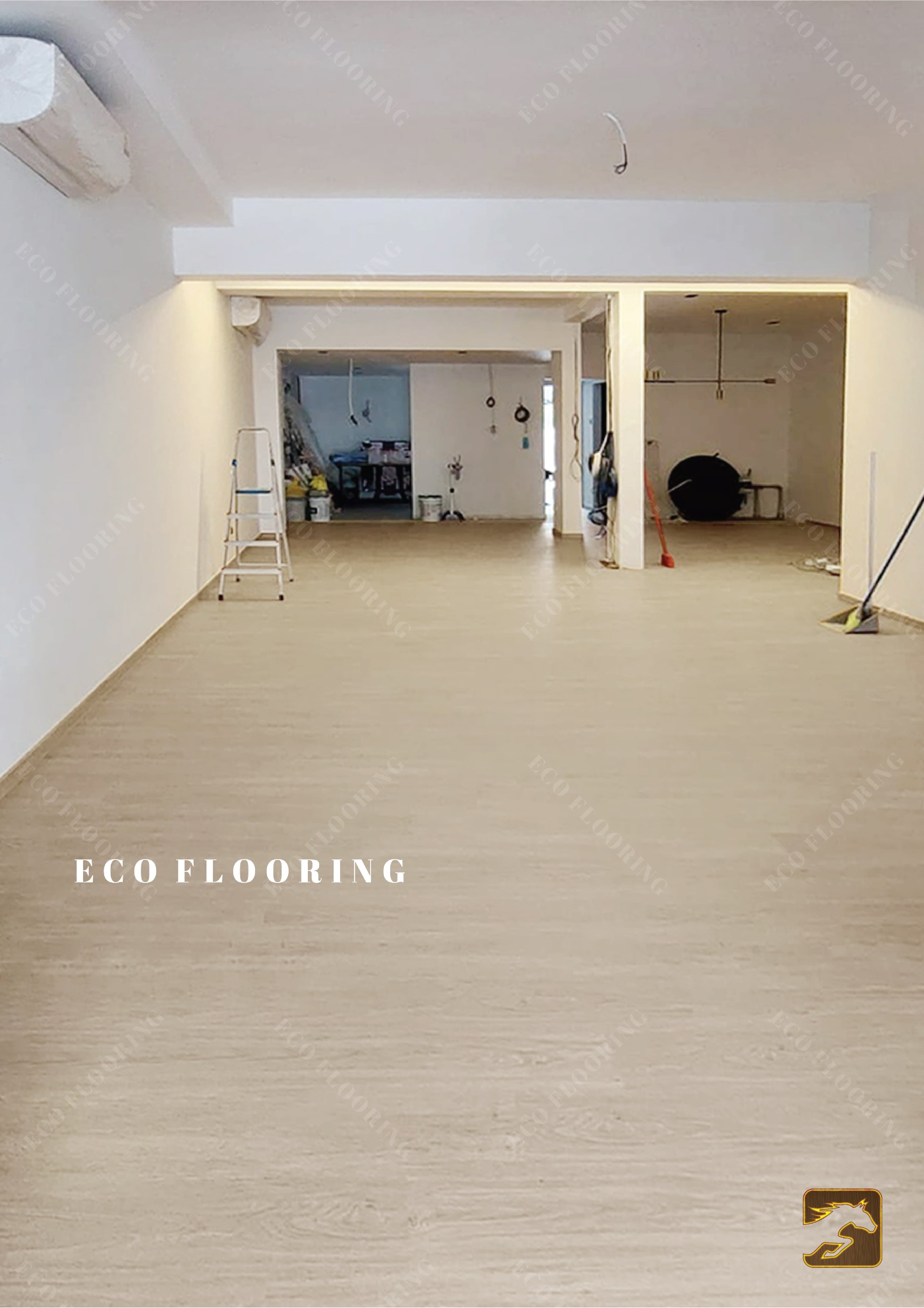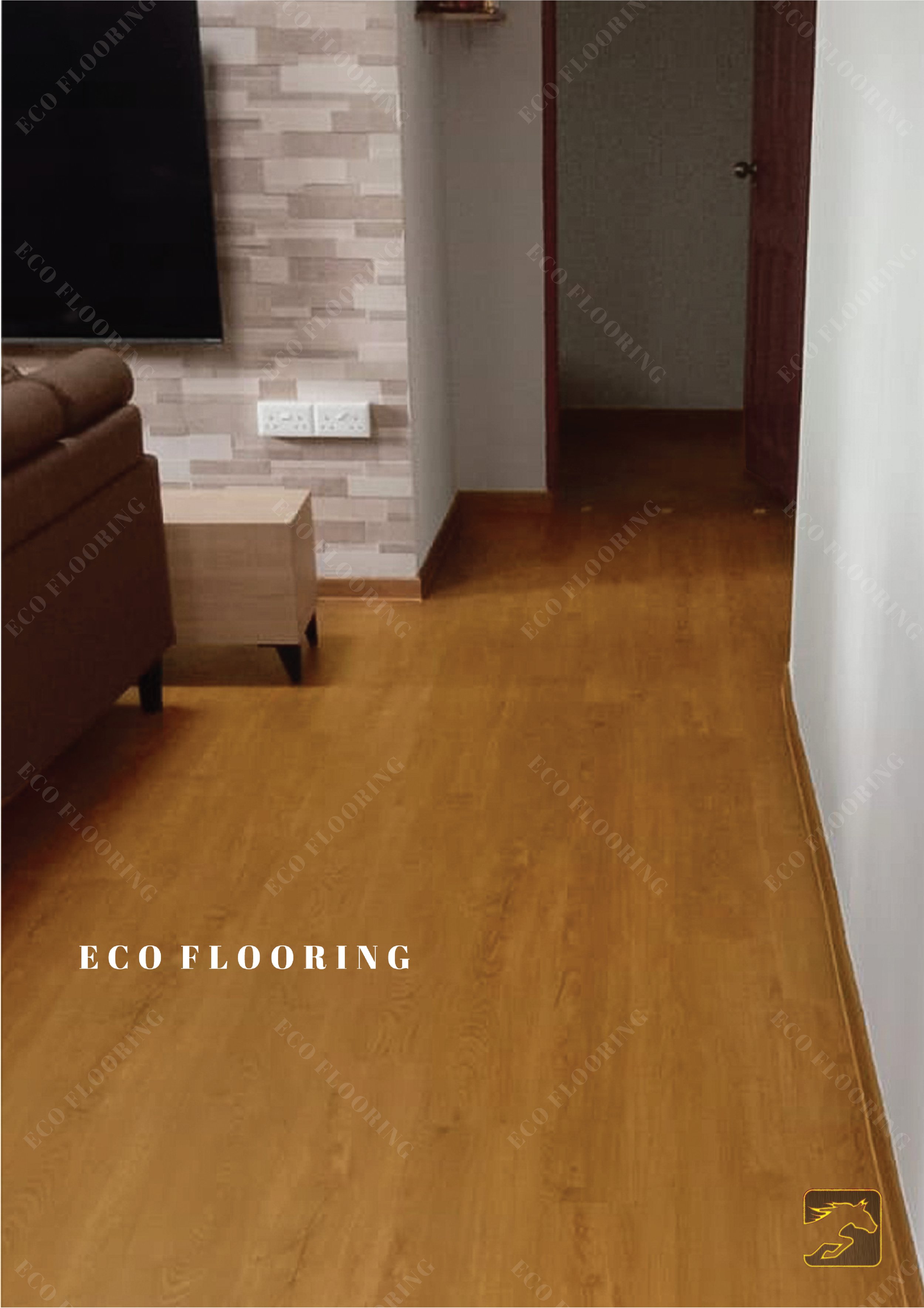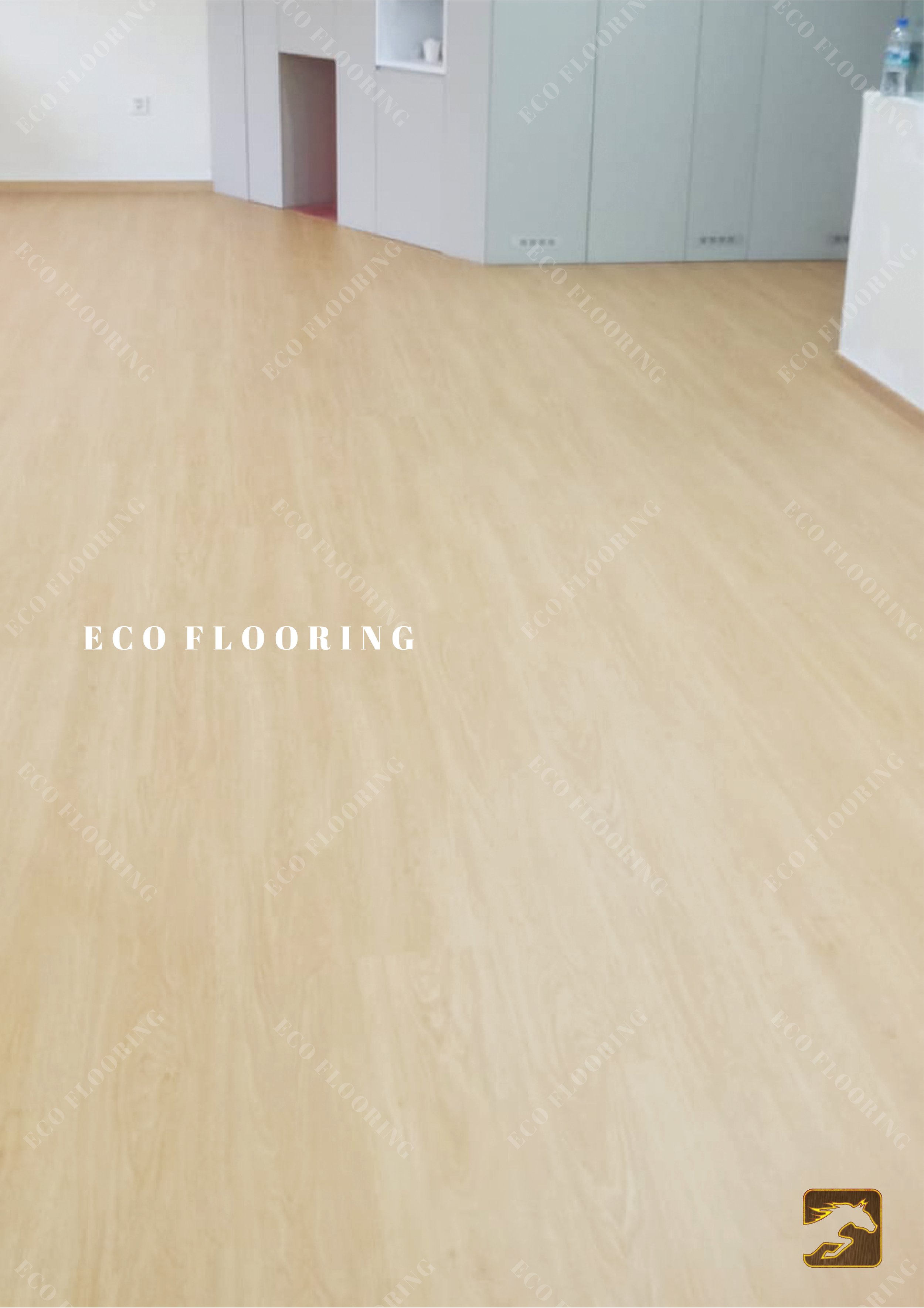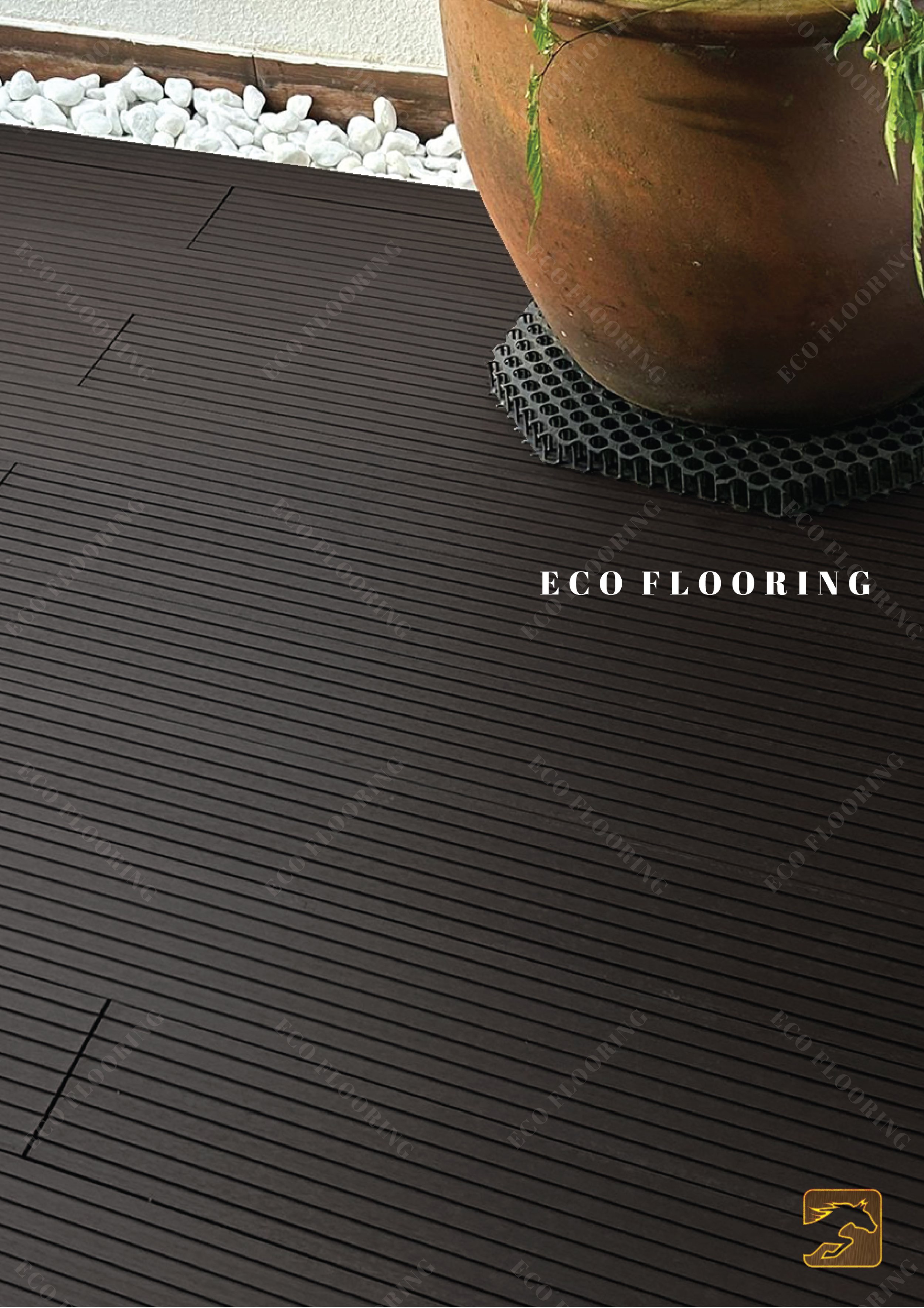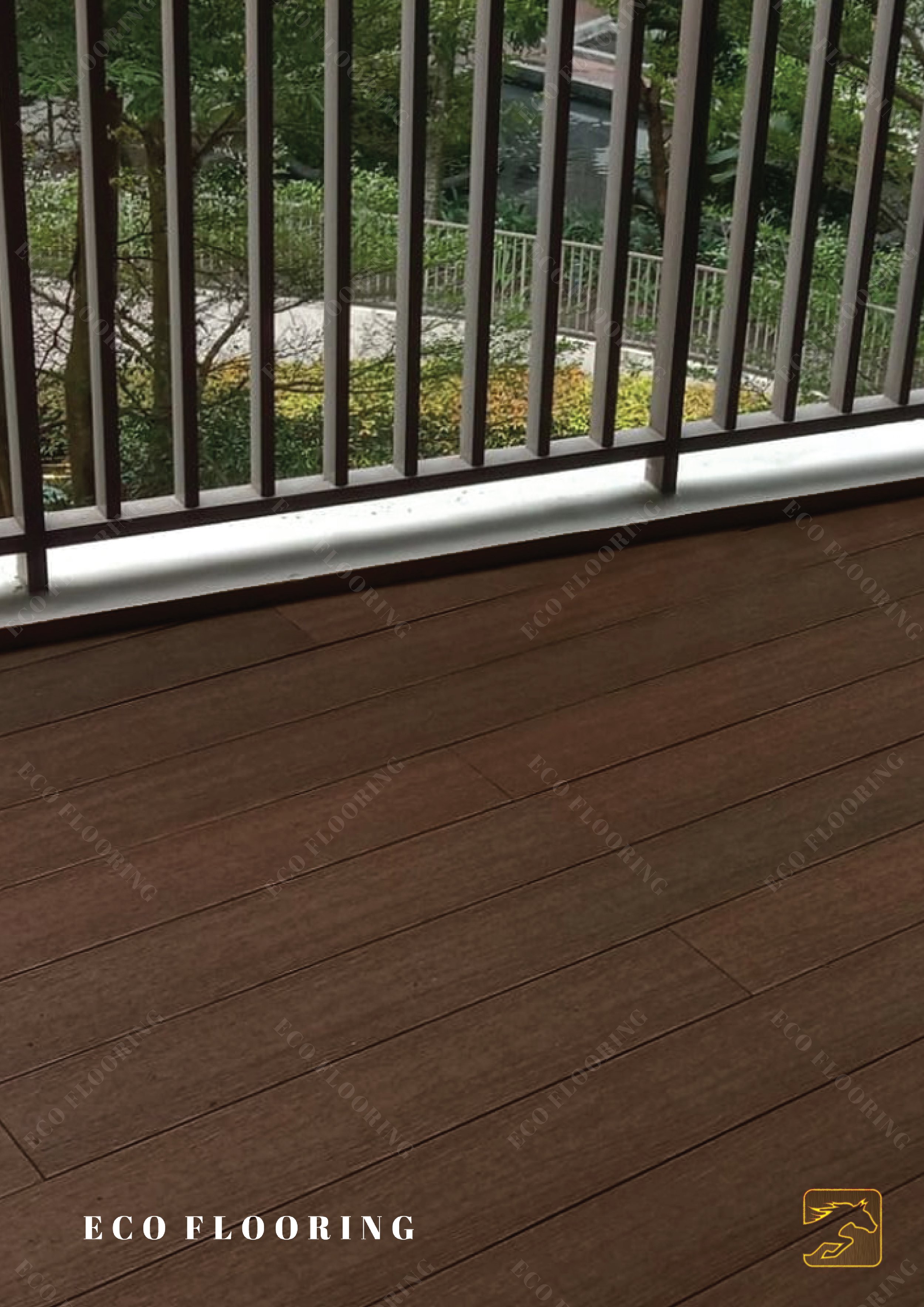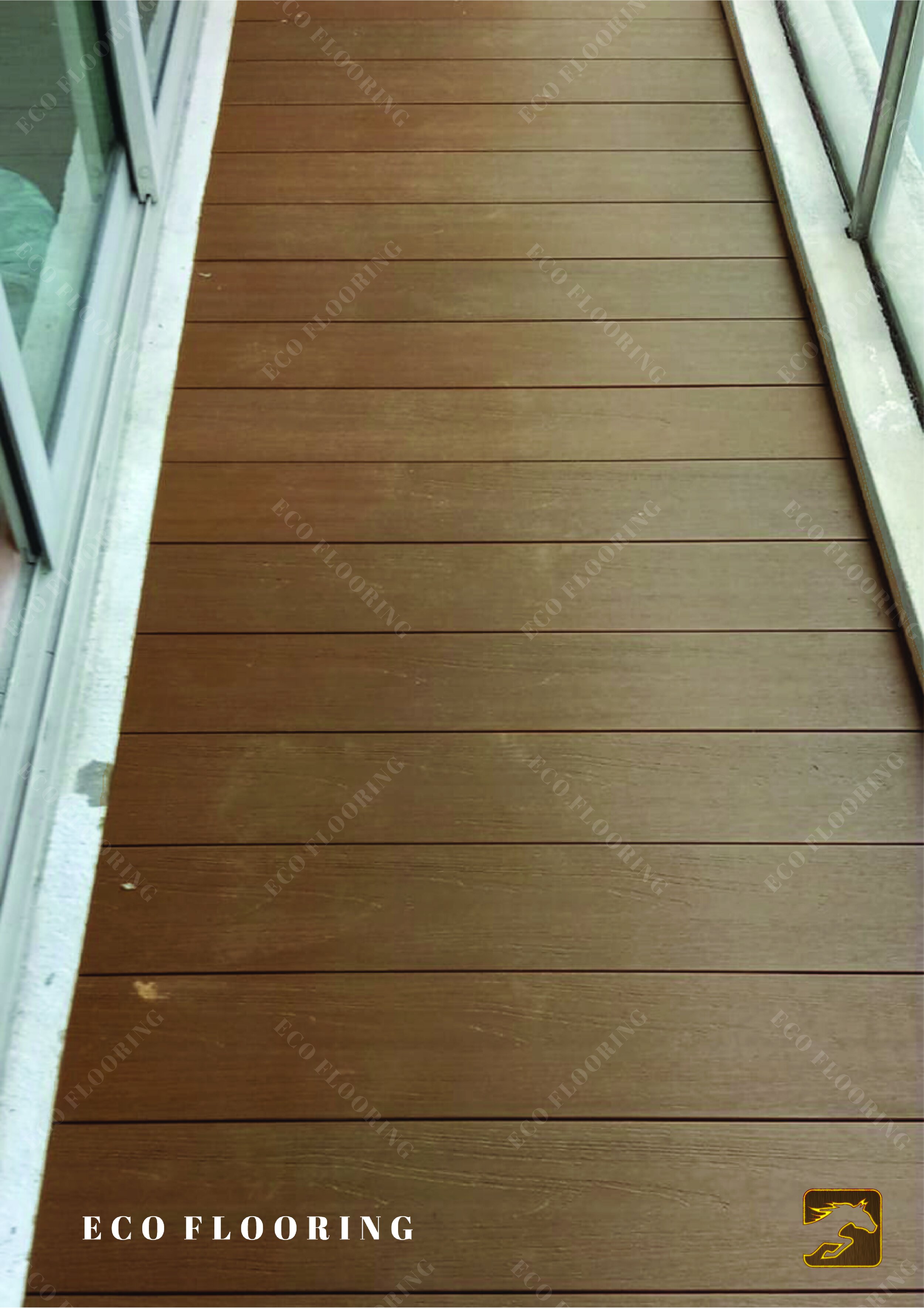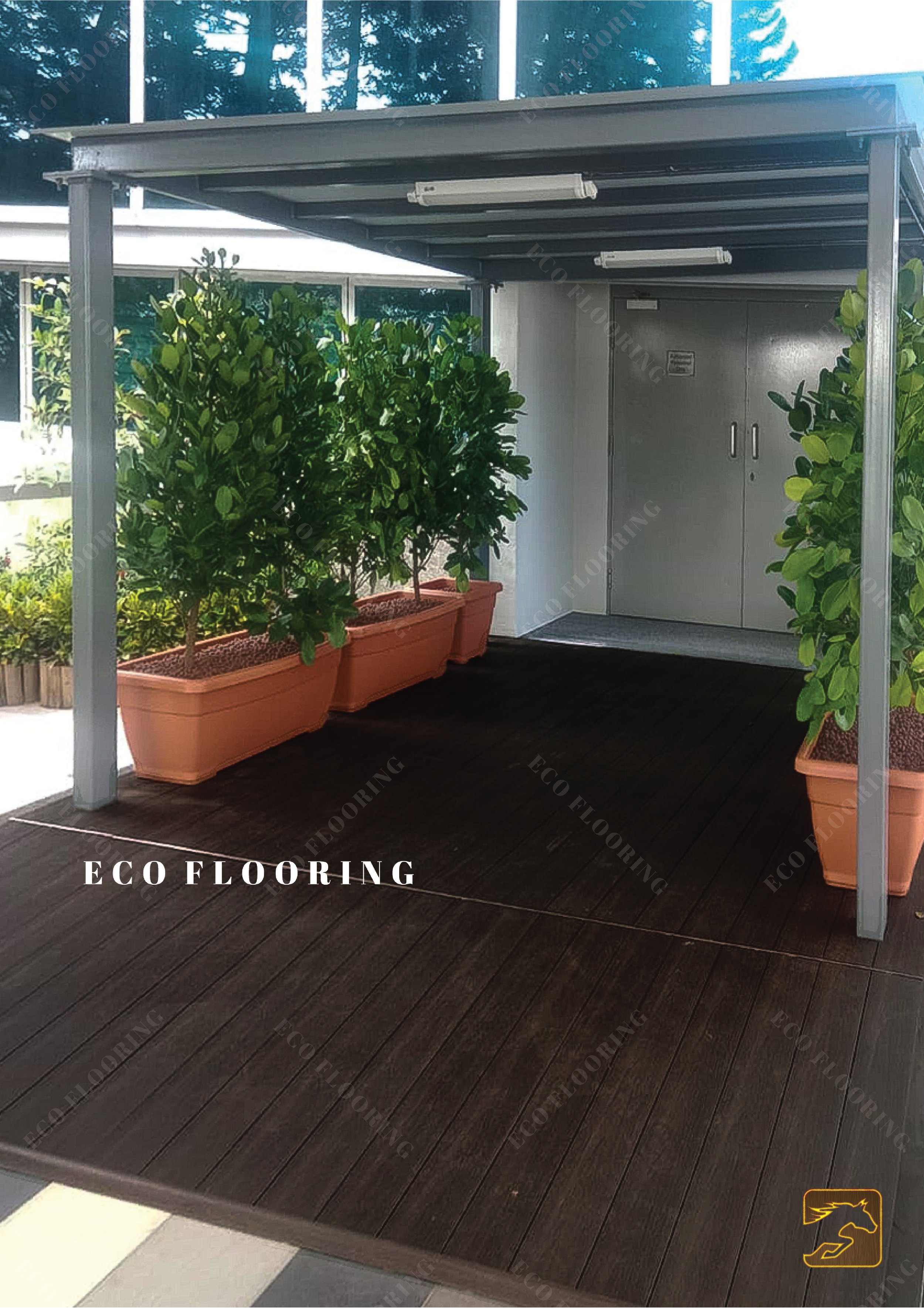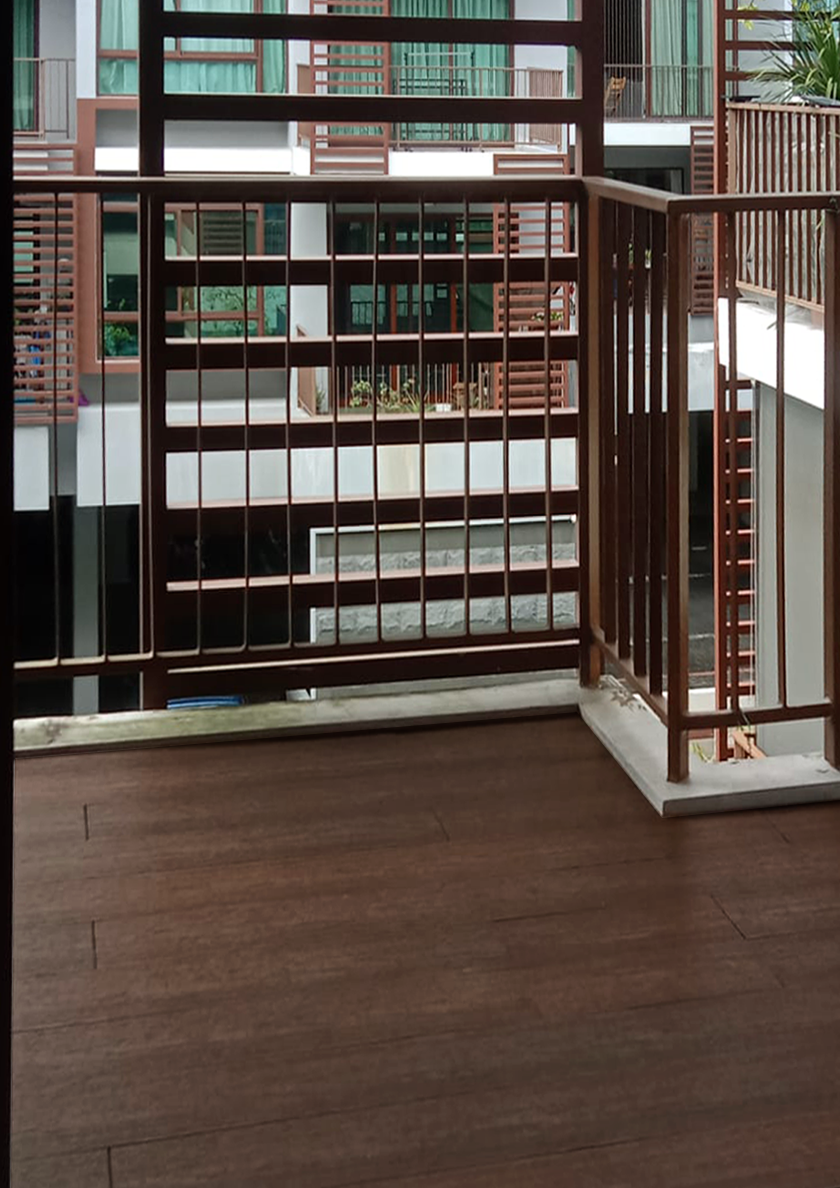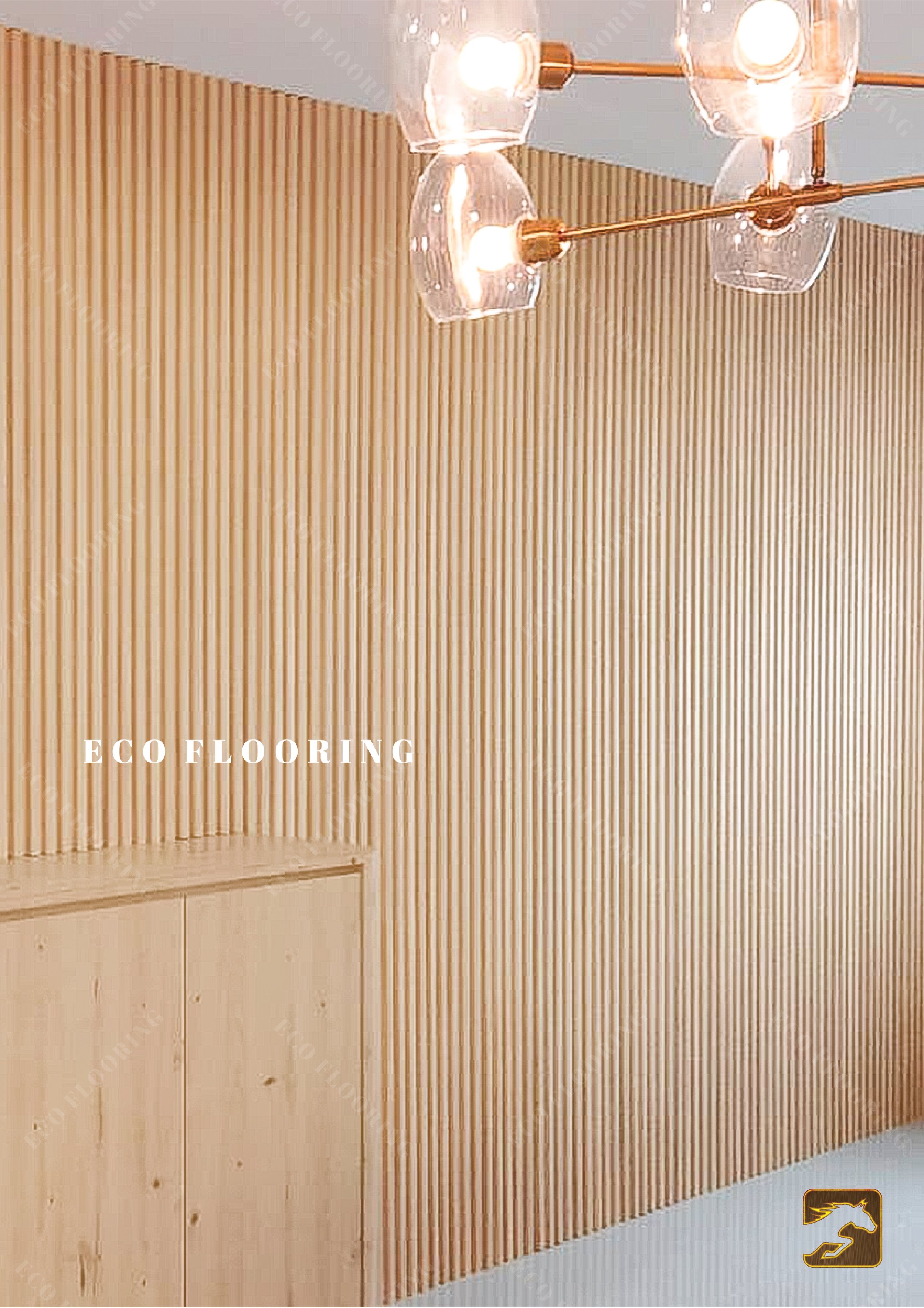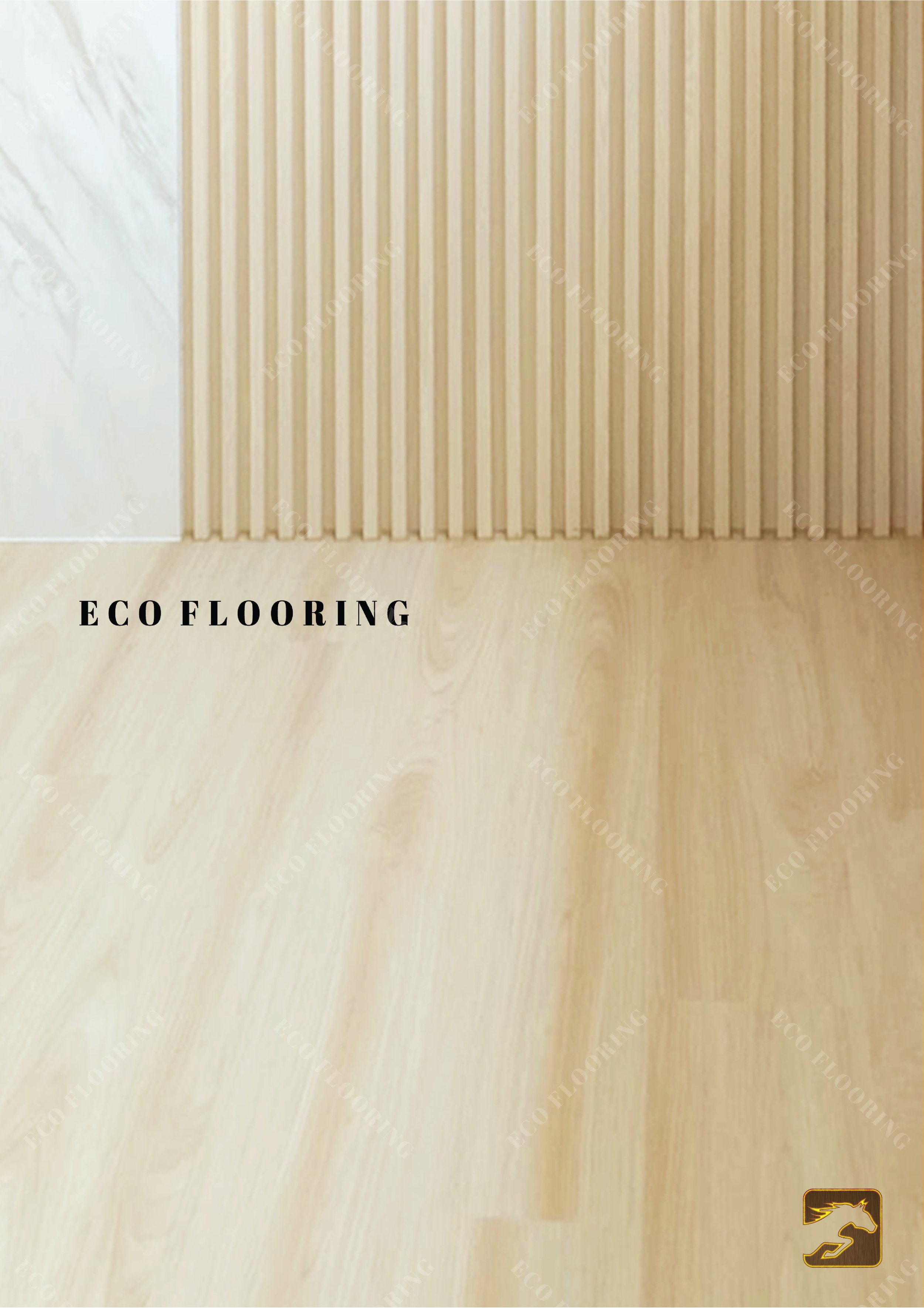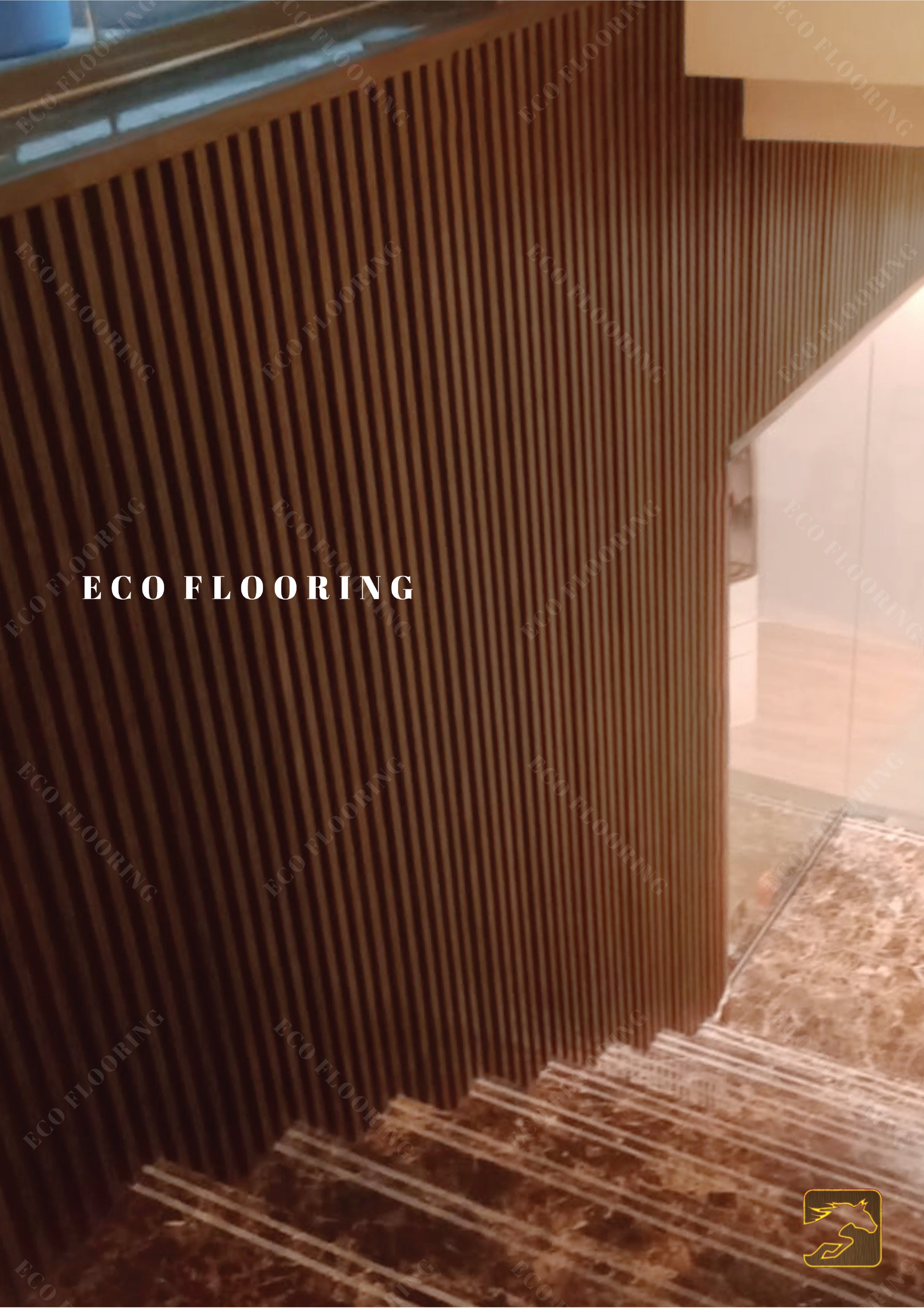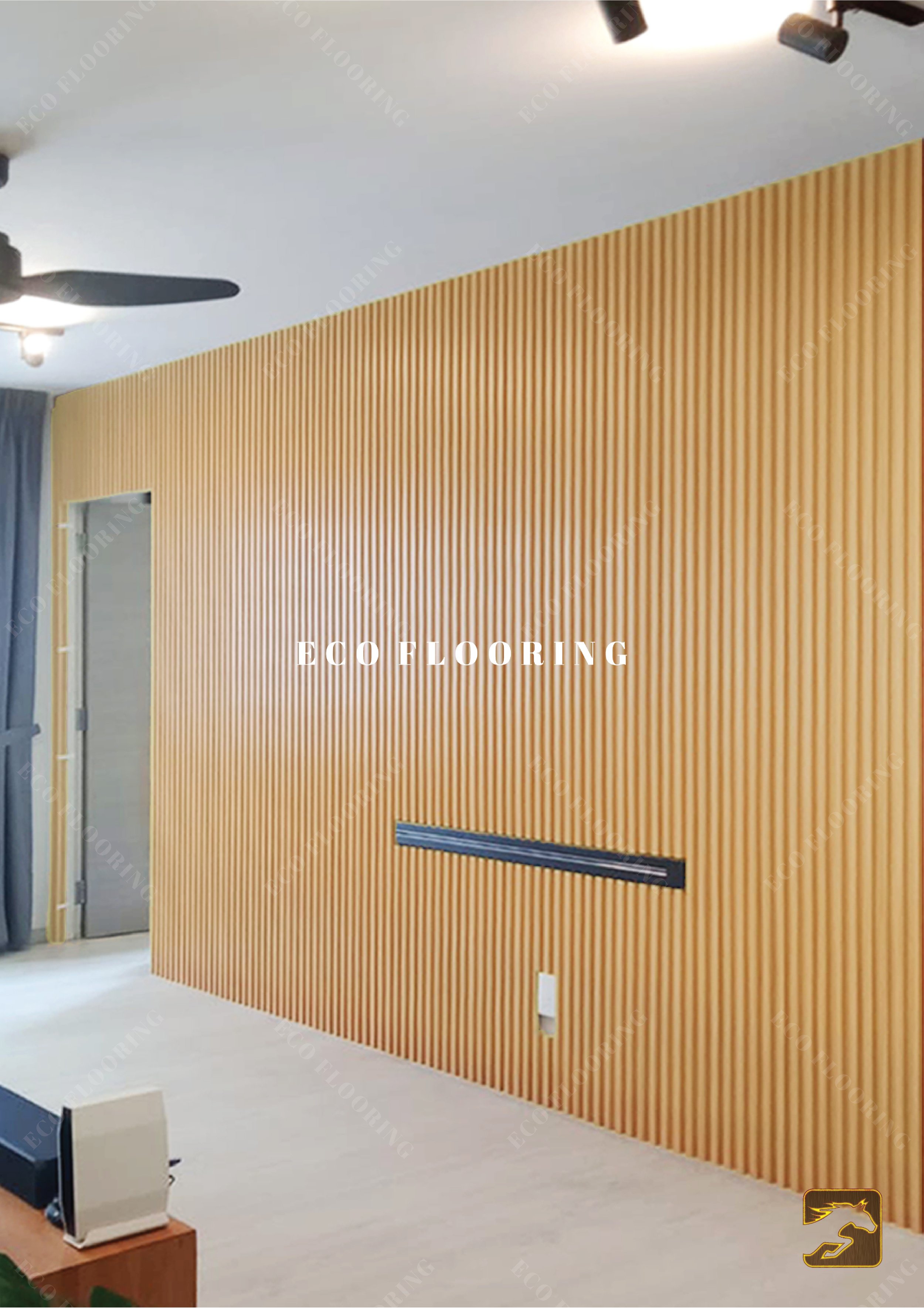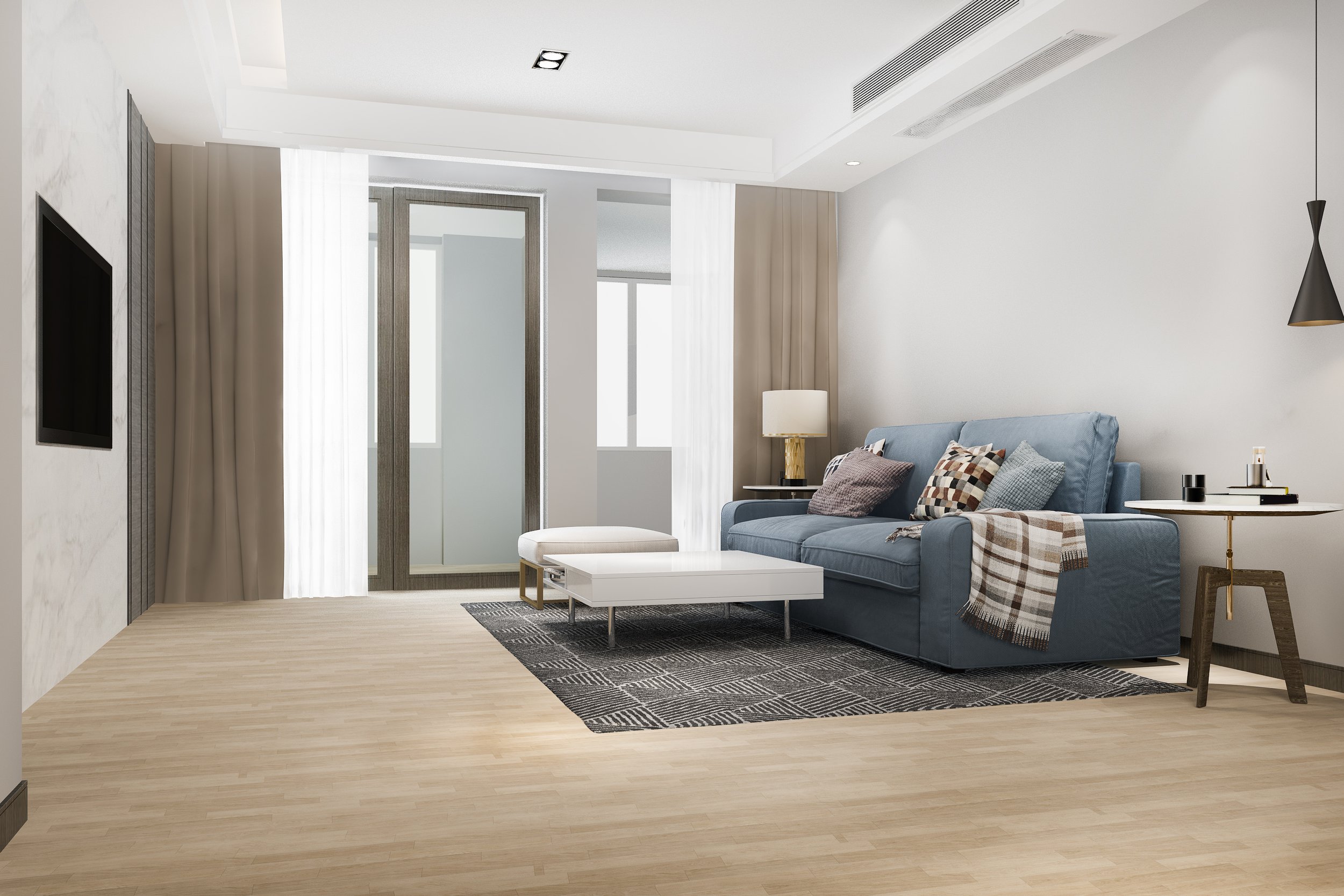As we step into 2023, interior design trends continue to evolve, including the color preferences for vinyl flooring. Whether you're planning a home renovation or a commercial space upgrade, staying current with color trends can help you make stylish and informed choices. Here, we delve into the vinyl flooring color trends shaping the design landscape in 2023.
1. Earthy Neutrals:
Neutral tones reminiscent of earth and natural materials are making a strong comeback in 2023. Shades like warm beiges, soft taupes, and sandy browns create a calming and grounded ambiance, making them perfect for creating serene living spaces.
2. Moody Blues:
Deep, rich blues are gaining popularity, particularly in luxury vinyl planks (LVP). These blues evoke feelings of sophistication and depth, making them ideal for spaces where you want to make a bold statement, such as bedrooms or home offices.
3. Soft Greys:
Light grey remains a steadfast choice, but in 2023, softer, warm greys are taking center stage. These gentle greys can provide a modern, minimalist backdrop while offering a touch of coziness and versatility for various design aesthetics.
4. Warm Wood Tones:
Vinyl flooring in warm wood-inspired tones, like honey oak and chestnut, continues to be a staple. These hues infuse spaces with a sense of timelessness and comfort, making them suitable for both residential and commercial settings.
5. Rustic Reds:
Rustic reds and terracotta shades are emerging as accents in vinyl flooring designs. When used selectively, they can inject energy and character into spaces, particularly in kitchens and dining areas.
6. Dark and Dramatic:
Deep, dark vinyl flooring colors, such as ebony and charcoal, are being embraced for their dramatic impact. These shades create a sense of opulence and luxury, making them ideal for upscale interiors.
7. Muted Pastels:
Soft pastel shades, including blush pink, pale mint, and soft lavender, are making their way into vinyl flooring choices. They lend a sense of delicacy and playfulness to spaces, especially in bedrooms and children's rooms.
When selecting vinyl flooring colors in 2023, it's essential to consider your design vision, the size of the space, and the mood you want to create. These color trends offer a wide range of options to suit diverse preferences and design goals, ensuring that your flooring choice aligns perfectly with your overall interior concept.













